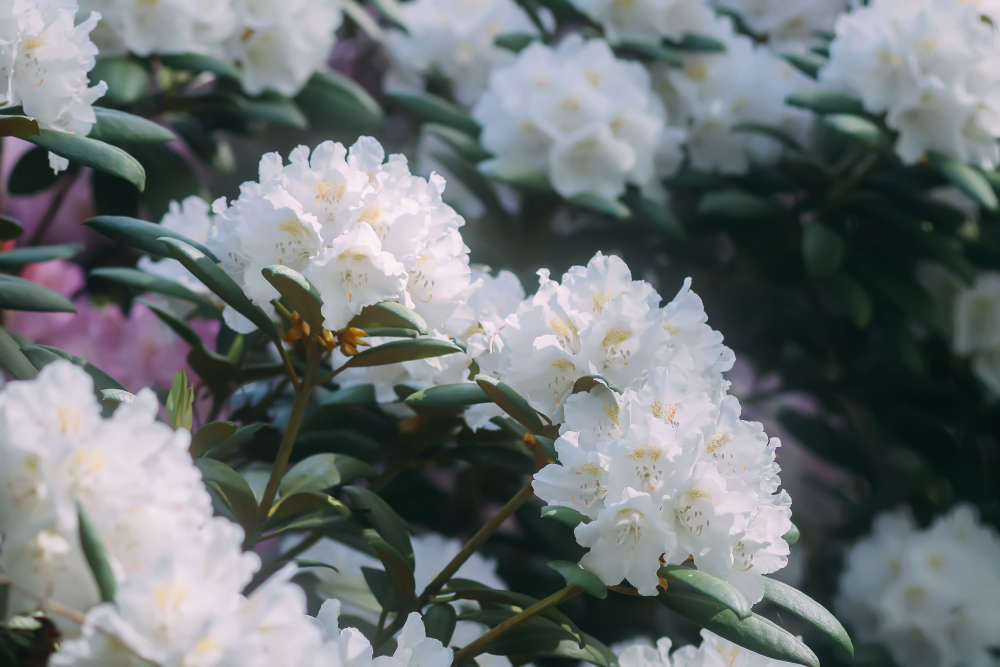
Most gardens can claim at least one rhododendron resident. Nowadays, they are commonplace plants, ubiquitous even, but rhododendrons are not native to Britain and were once considered exotic.
The first to reach these shores was probably Rhododendron hirsutum, a shrubby Alpine dweller, collected by John Tradescant, circa 1650. Later explorers, returning from far-flung lands such as India, China and Tibet, told impossible-sounding tales of forests populated by spectacular 50ft high ‘Tree Roses’. Could it really be true? Yes ¬– and much more besides. Previously little-known regions of the mysterious east began opening their doors to the world. Before long, parties of curious European adventurers found themselves staring in slack-jawed, wide-eyed astonishment at mighty magnolias, camellias and wisterias. The ‘modern’ travel era had begun. People, and plants, were on the move. Our gardens would never look the same again.

By the late 19th century, hundreds of new rhododendron varieties were being propagated and traded throughout Europe and America. They thrived in regions that offered fertile soils and a moist climate and revelled in our nutrient-rich Wealden clay. Founded in 1915, the Rhododendron Society did much to popularise them. No garden; whether a modest suburban plot or grand country estate, was complete without rhododendrons. They can be extremely long-lived. Visit any great Sussex garden today and you’ll find Victorian and Edwardian monster-sized specimens still putting on breath-taking displays.
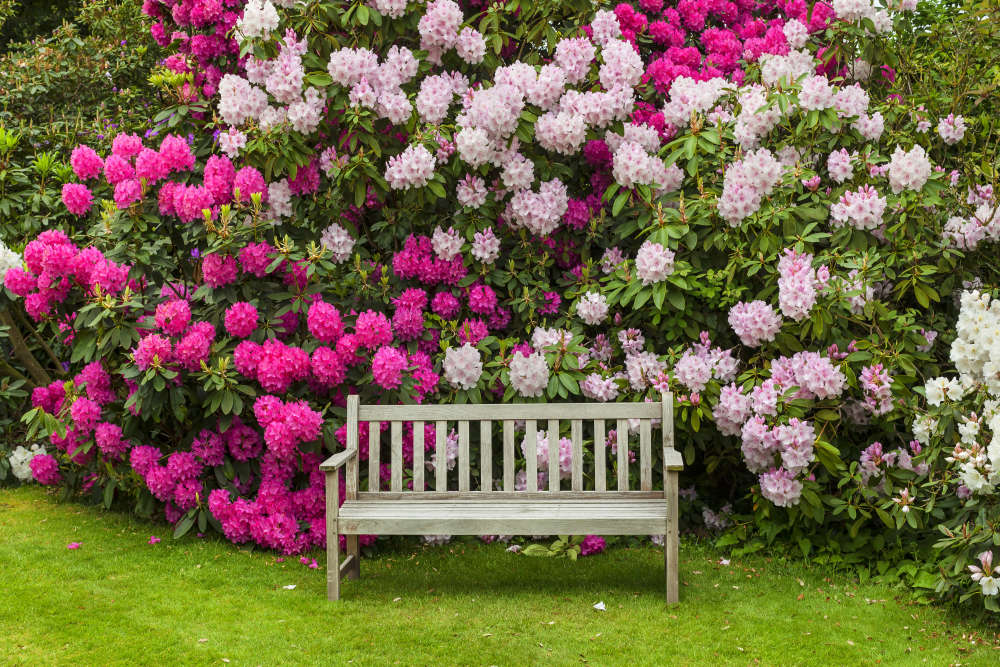
Unfortunately, Rhododendron ponticum enjoys our climate too much. Introduced from Spain/Portugal in the 1760’s, it escaped the boundaries of formal parklands and thuggishly spread its way across the countryside, smothering everything in its wake. It has become a significant threat to indigenous plants but, shockingly, can still be legally sold as a garden-worthy plant. I urge you to steer clear – superior choices are available.
Most rhododendrons require rich acidic soil that remains moist in summer. They naturally occur in woodland situations and enjoy life on the sheltered side – many prefer a lightly shaded position. Climate change is problematic for them. Recent summers have been too hot, too dry - and too long. Humans might enjoy an unseasonably warm autumn, but rhododendrons, longing for cooler temperatures and September showers, may struggle. However, by selecting the right varieties and taking time to plant them properly, you can provide good growing conditions. Don’t be seduced by the flowers alone – remember; right plant – right place! If you only have a smallish gap to fill, don’t select one that will eventually reach several metres wide. Nothing looks more forlorn than a severely pruned plant growing in an inadequate space.
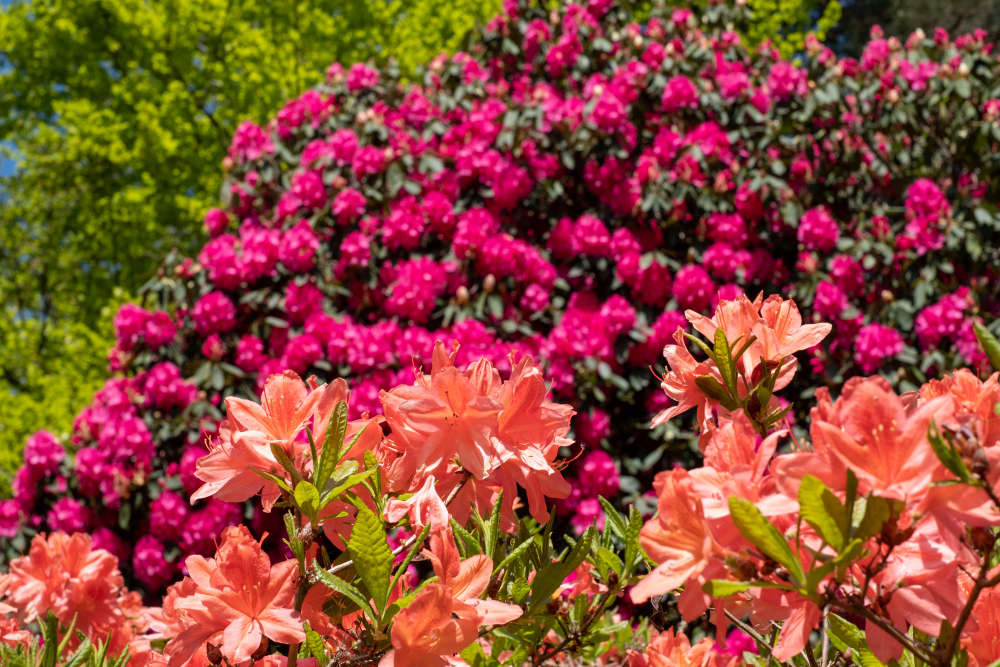
Some varieties are more robust and sun-tolerant, so long as they’re planted in a sheltered spot. The kiss of death for any rhododendron is a sunny border in a windy location. Prolonged heat, dry soil and exposure to desiccating wind will cause leaves to shrivel. A plant’s response to leaf damage is to grow some more. This often happens in nature; leaves may be lost by browsing animals, pest attack or forest fires. Plants have evolved to cope with defoliation incidents, but persistent damage weakens the plant and can be fatal.
Rhododendrons are shallow-rooting and produce dense mats of roots near to the soil surface. Unfortunately, this growth habit makes them particularly vulnerable to drought as they have no taproots to seek out deeply buried moisture, so incorporate plenty of leaf mould into the planting hole, along with a general-purpose fertiliser or proprietary rhododendron food. Water in thoroughly and ensure the root area remains moist, especially during the first year.
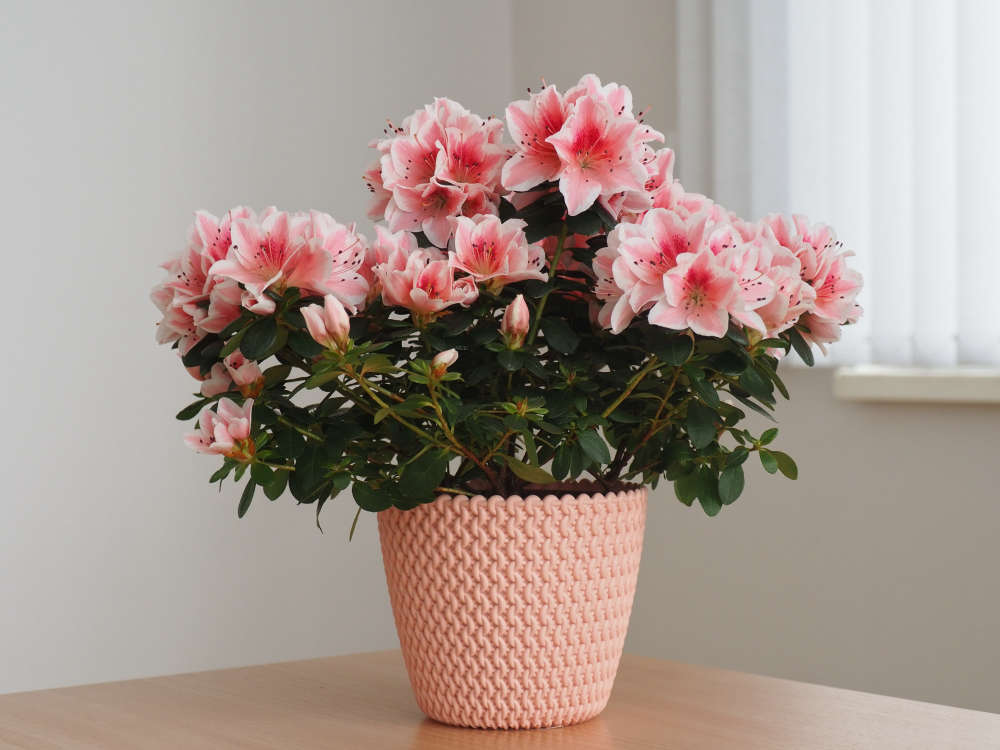
Feed annually in March/April. Potted specimens will appreciate an additional feed around mid-summer. A mulch, (approximately 5 cms deep) will keep roots cool and hold in moisture. The mulch can be made of combinations of any well-rotted organic matter, such as homemade compost, old potting soil, leaf mould and chipped bark. If you have conifers, add some old conifer needles; this will help maintain soil acidity.
Given the right conditions, rhododendrons thrive in pots. When potting any shrub, avoid multi-purpose compost. Instead, use a soil-based potting mix. This is a more robust material, containing additional elements, such as grit, to mimic border soil. Seek out ‘ericaceous’ soil, a specially formulated mix for acid soil lovers. (Other spring-flowering shrubs such as camellias, azaleas and pieris also require acidic soil). Add some leaf mould to the potting mix. It has minimal nutritional value but behaves like a moisture-retaining sponge. This is particularly useful when watering potted specimens – leaf mould slows the water’s progress through the soil and helps prevent it gushing out of the base. Acid-loving plants tolerate tap water, but much prefer rainwater. If water butts are getting dry, reserve rainwater for these fussier customers.
Although potted plants demand greater care, container gardening has benefits, particularly when it comes to soil-specific plants. For instance, if your garden soil is naturally alkaline and you want acid-loving plants, grow them in containers where you can manipulate the soil conditions. Some rhododendrons have vigorous habits more akin to a woodland setting, but there are plenty without tree-like aspirations that will live happily in containers This is where azaleas come to the fore. Closely related to rhododendrons, their twiggy, denser growth gives a more compact habit that keeps them in scale with their containers. Unlike most rhododendrons, azalea flowers are often sweetly scented. Their blooms can be super-bright, including shimmering shades of vivid pink, gold and red – evoking beautifully iridescent sari fabrics.
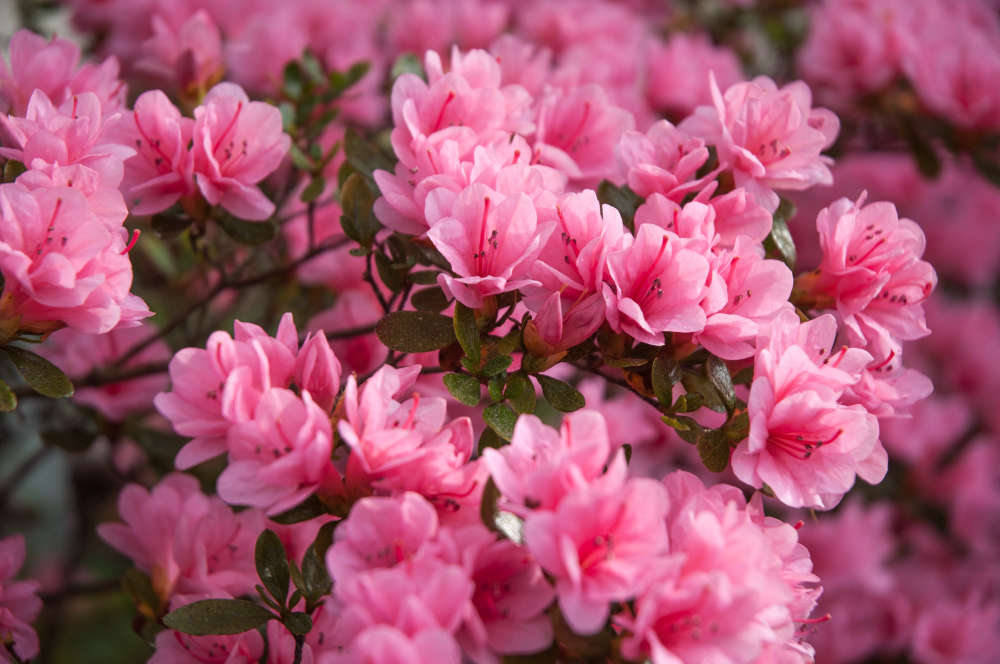
Rhododendrons and azaleas aren’t everyone’s cup of tea. The hard-to-please brigade reckon they’re dull and boring when out of flower, but I disagree. The leaves make a good backdrop for summer flowers, provide visual structure in winter and offer useful foliage for flower arrangements – some types produce leaves with strikingly coloured undersides. A few, (azaleas, mostly) are deciduous and give good autumn colour. ‘Haughty-culturalists’ declare the flowers are too big, blobby and unsophisticated. Maybe … but, then again, nothing makes me smile more than the sight of a rhododendron in springtime, smothered in crazy-coloured blooms, exuberantly reaching for the sky.

 Gardening: Choose a Clematis for Every Month of the Year
Gardening: Choose a Clematis for Every Month of the Year
 Home Style: Bold Type
Home Style: Bold Type
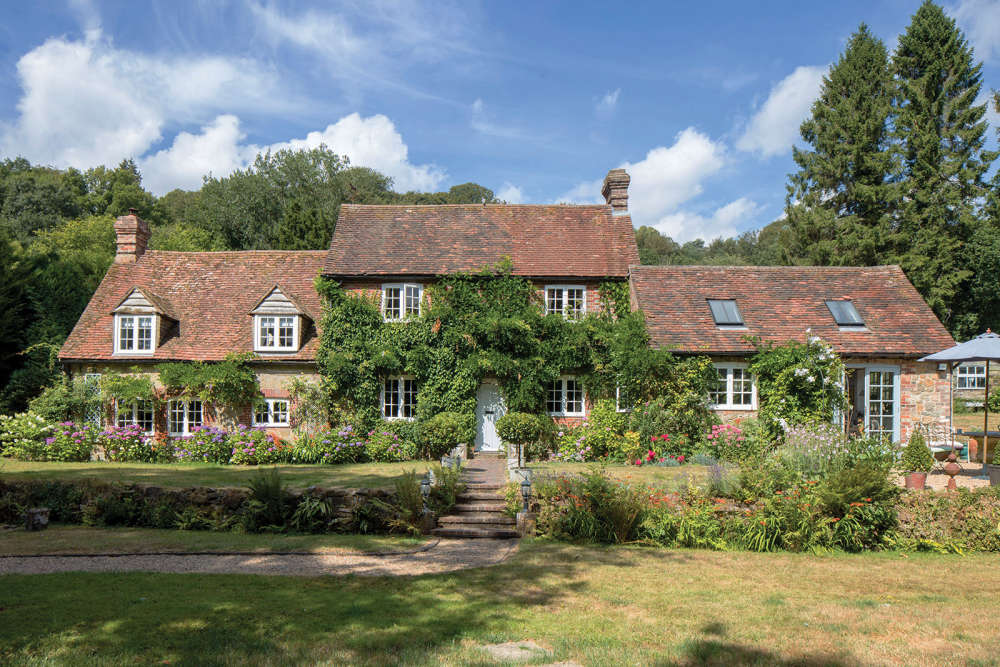 Home Style: A Better Way of Life
Home Style: A Better Way of Life
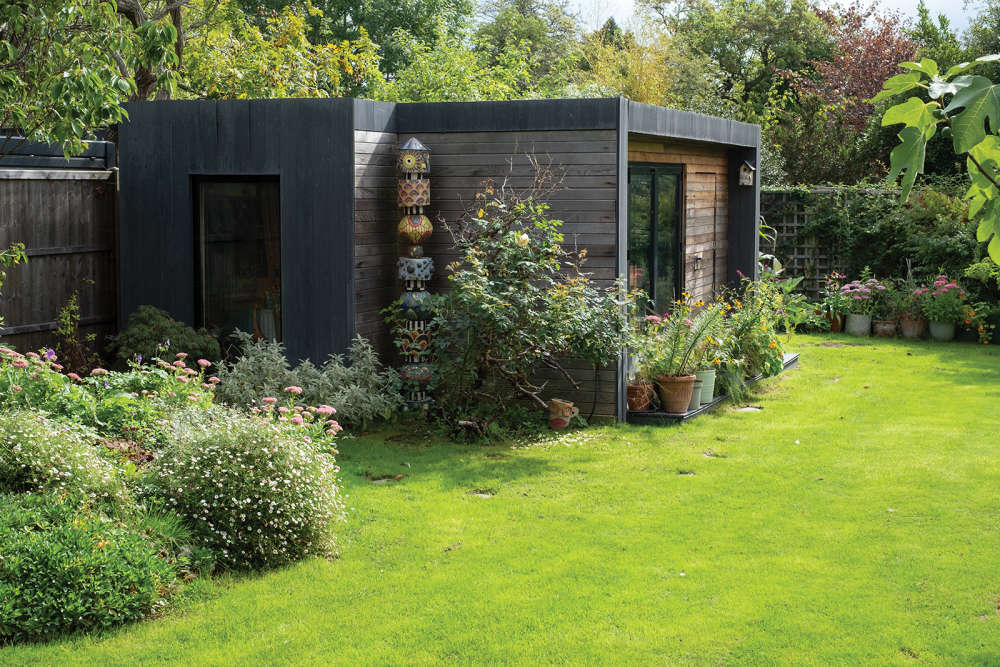 Homes Extra: Shed Space
Homes Extra: Shed Space
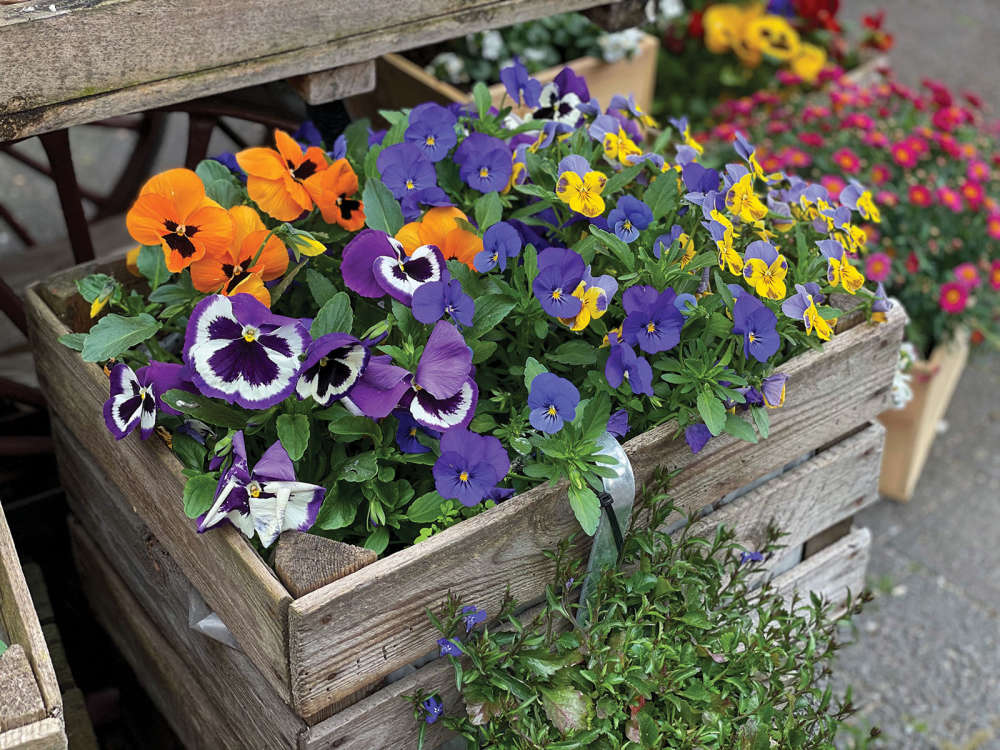 Blooming Times: Top of the Pots
Blooming Times: Top of the Pots
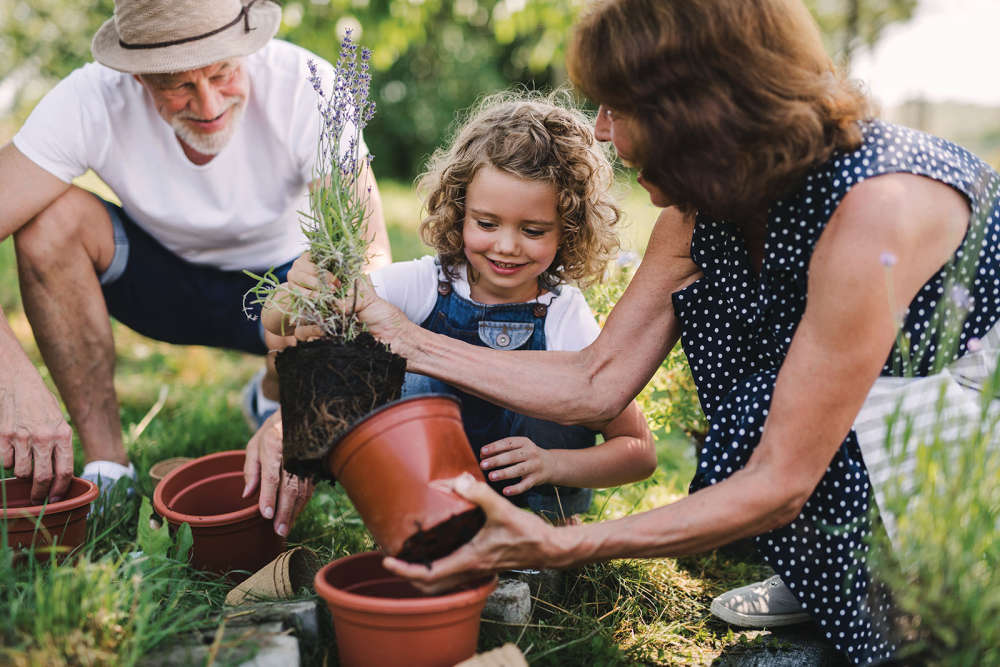 Kids Zone: Get the Kids Growing
Kids Zone: Get the Kids Growing
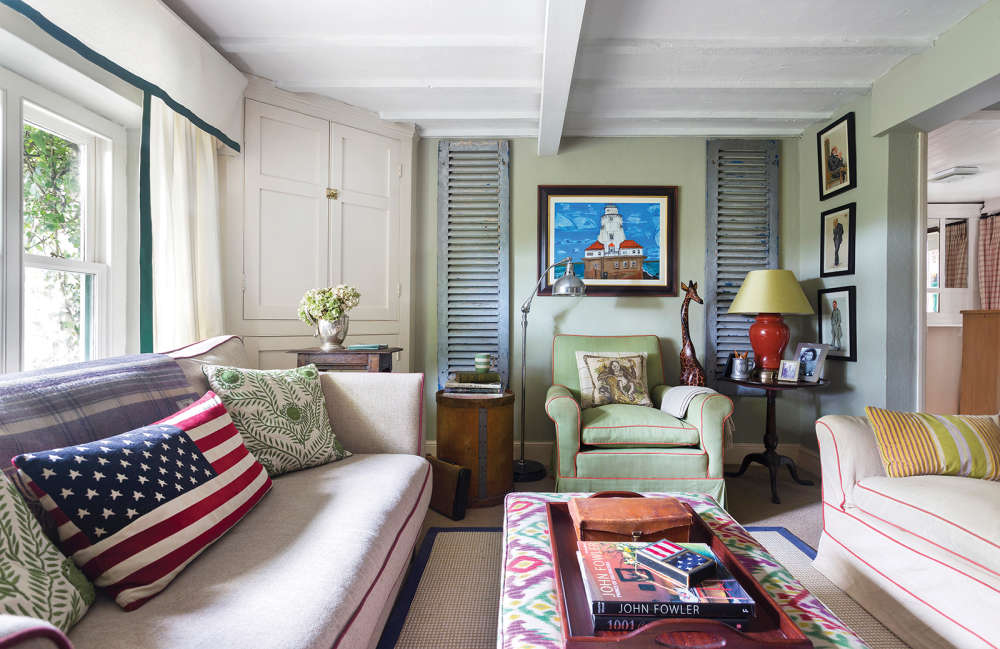 Home Style: Pastures New
Home Style: Pastures New
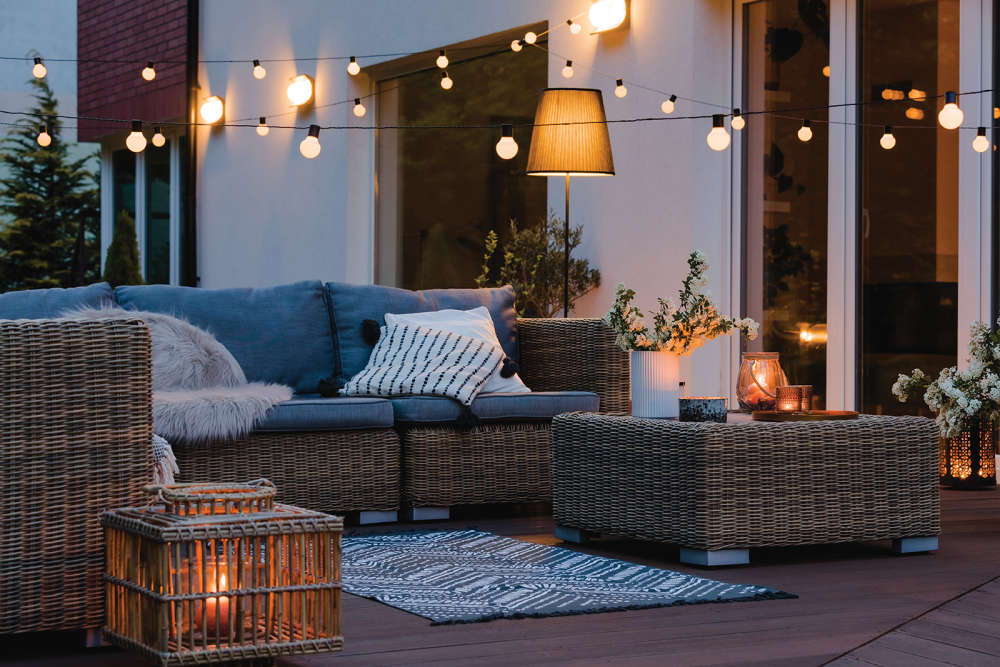 Homes Extra: Let There Be Light
Homes Extra: Let There Be Light
 Blooming Times: Wisteria Hysteria
Blooming Times: Wisteria Hysteria
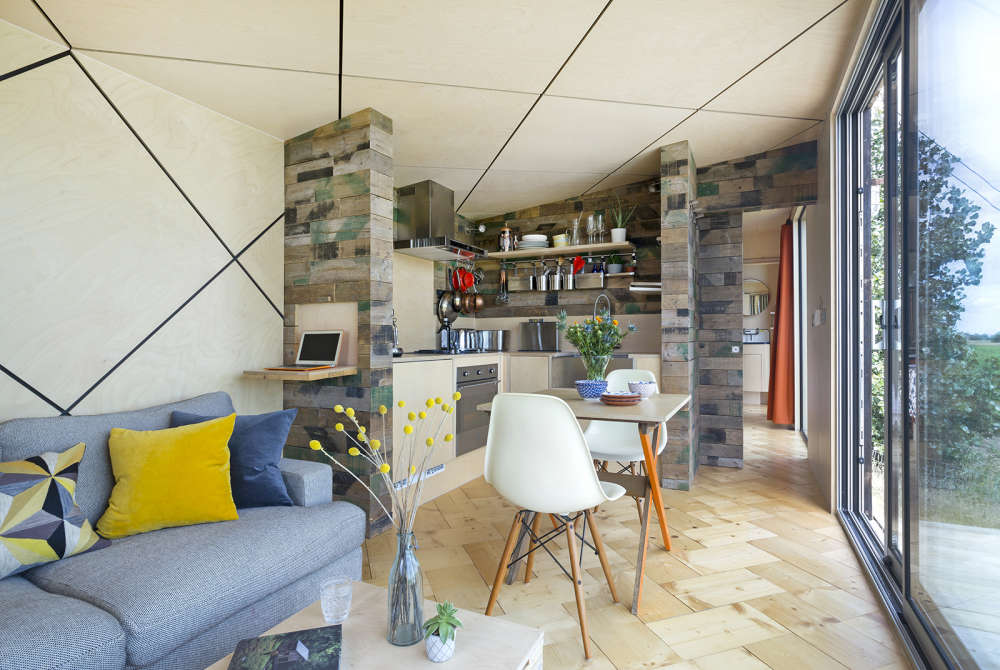 Home Style: Home on Wheels
Home Style: Home on Wheels
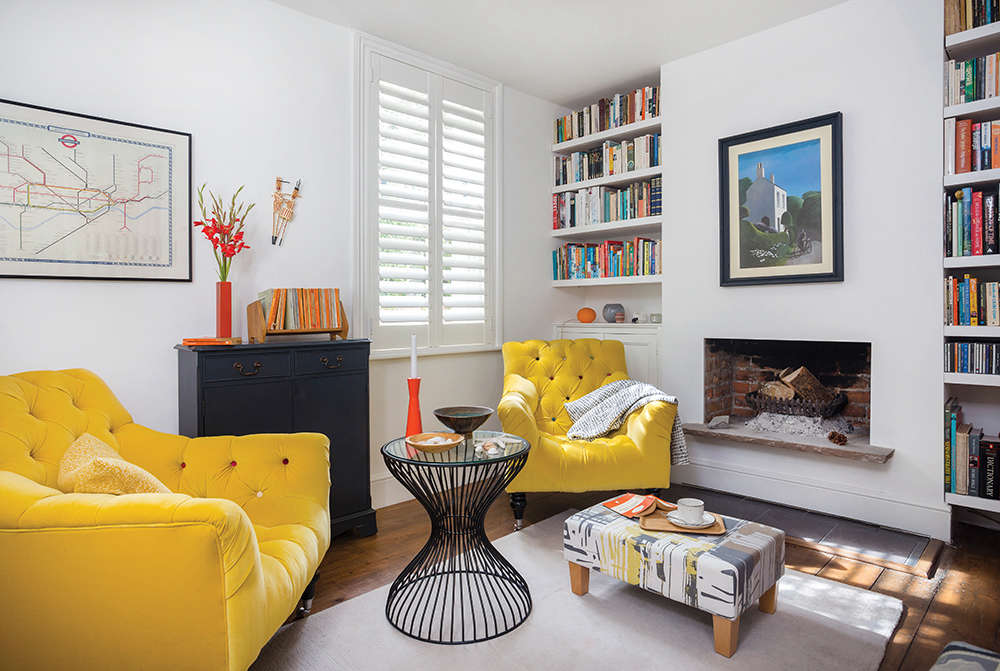 Home Style: Modern Outlook
Home Style: Modern Outlook
 Blooming Times: Dahlia Mania
Blooming Times: Dahlia Mania
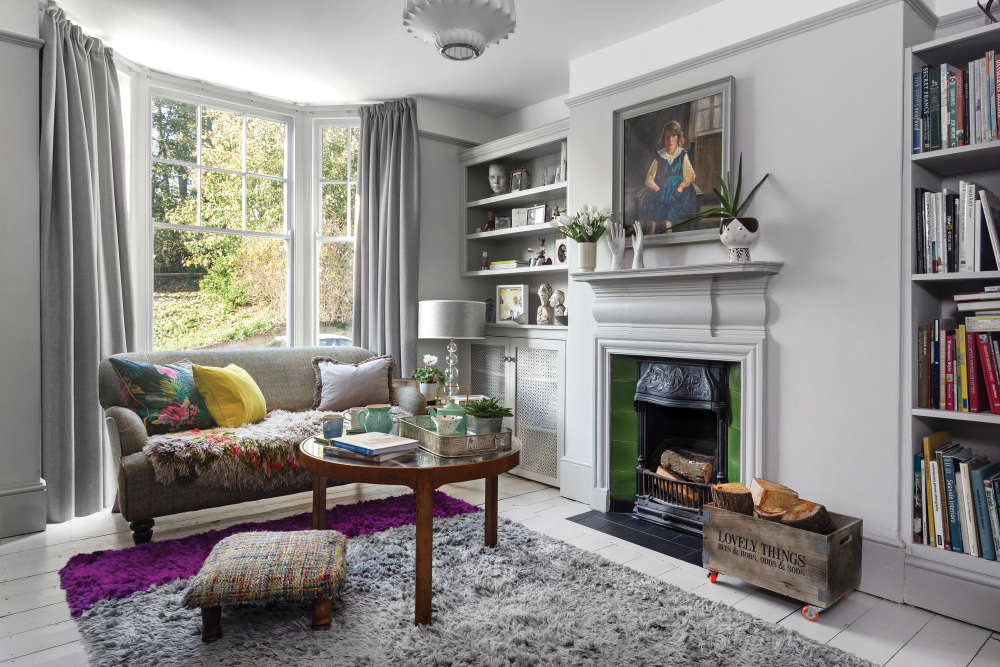 Home Style: Time to Heal
Home Style: Time to Heal
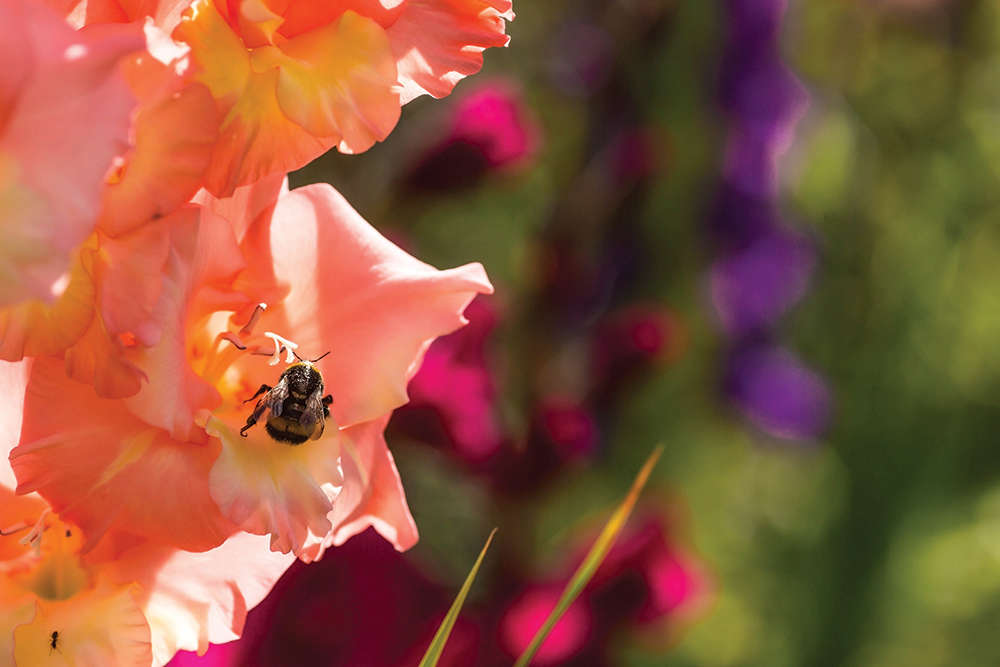 Blooming Times: Spring into Summer
Blooming Times: Spring into Summer
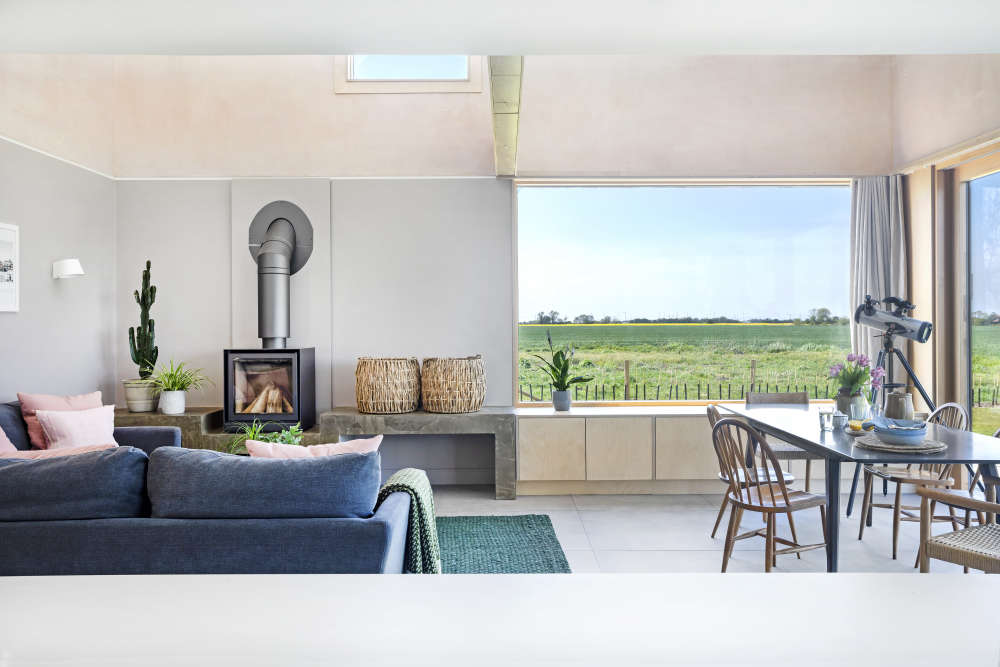 Home Style: Farm Stay
Home Style: Farm Stay
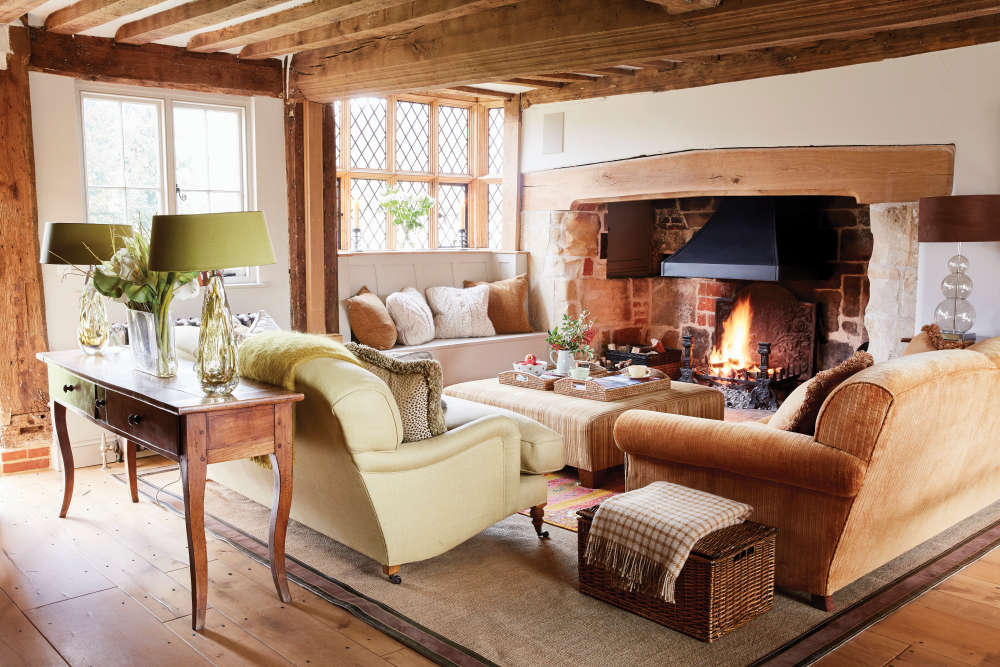 Home Style: Romantic Vision
Home Style: Romantic Vision
 Homes Extra: Dining Style
Homes Extra: Dining Style
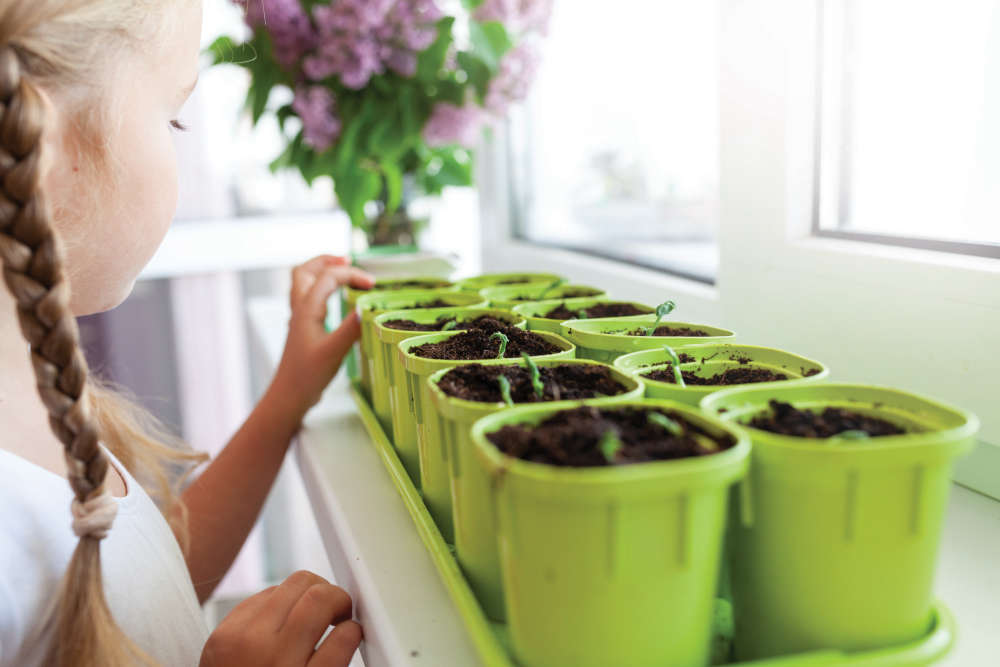 Blooming Times: Spring Fever
Blooming Times: Spring Fever
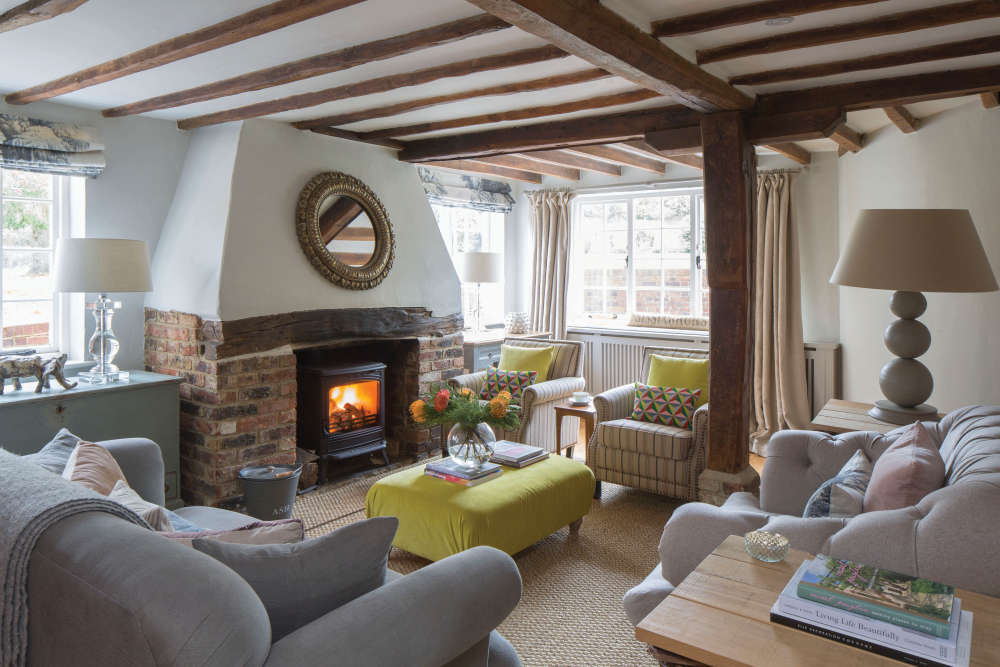 Home Style: Forest Idyll
Home Style: Forest Idyll